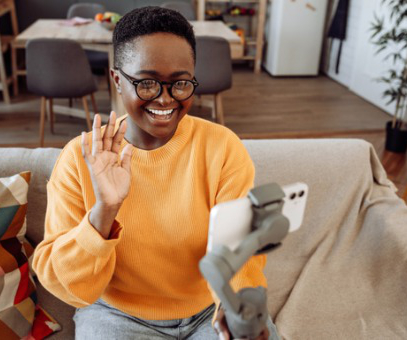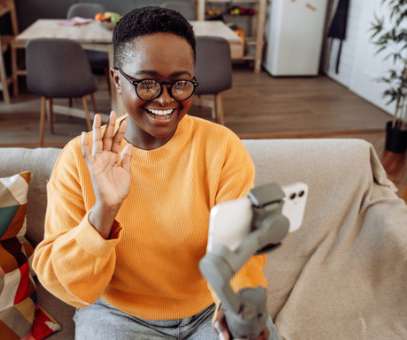Bridging the Gap: Overcoming Barriers in Higher Ed for Students with Disabilities including Neurodivergent Learners
Faculty Focus
AUGUST 13, 2023
This article aims to share ideas and strategies that can help reduce barriers to learning, ensuring equal access to education and the opportunity for all students to achieve their full potential, regardless of ability. We also list a few simple suggestions for improving learning spaces. Learning spaces I.












Let's personalize your content